All Black Everything (ABE) is the latest venture from national-level bodybuilder and world-class entrepreneur TJ Humphreys. TJ is a legend in the supplement world – besides having an amazing athletic career, he also had a successful run as CEO of ProSupps.

All Black Everything's ABE Pump has a unique combination of both Nitrosigine and creatine monohydrate to keep the pumps coming strong
ABE is the American branch of a major English brand named Applied Nutrition, which is run by some good friends of TJ's. They asked him to bring their brand to the United States, but with their massive catalog, it would be too much to do all at once. So they started with their All Black Everything pre-workout and energy drink, first bringing those to America, and creating the brand around those names. And that's how "ABE" was born.
To understand the full story, check out our recent PricePlow Podcast episode: #114 - TJ Humphreys: All Black Everything – ABE Brings Edge.
With the pre-workout and energy drink success, it was time to get something stimulant-free into the mix. This means nitric oxide and pumps -- and when you want pumps, you want Nitrosigine:
ABE Pump: The All Black Nitrosigine-Based Stim-Free Pre-Workout
Today we're going to talk about ABE PUMP, the American brand's non-stim pump formula. As discussed on the podcast linked above, it is based upon Nutrition21's Nitrosigine, and differentiates itself with a full 5 gram dose of creatine as well as several nootropics -- including, of course, Nitrosigine, which has research supporting cognitive outcomes in healthy individuals at the 1.5 gram dose we have here.
Let's get into it, but first, check the PricePlow news and deals:
AN USA ABE Pump (Non-Stim) – Deals and Price Drop Alerts
Get Price Alerts
No spam, no scams.
Disclosure: PricePlow relies on pricing from stores with which we have a business relationship. We work hard to keep pricing current, but you may find a better offer.
Posts are sponsored in part by the retailers and/or brands listed on this page.
This area is reserved for Team PricePlow's upcoming videos.
Subscribe to our channel and sign up for notifications so you catch it when it goes live!
ABE Pump Ingredients
In a single 2-scoop (25 gram) serving of Abe Pump Zero-Stim 500G, you get the following:
-
Citrulline Malate 2:1 – 9,000 mg
Citrulline is an amino acid that your body converts into nitric oxide (NO).[1] However, this conversion is indirect. There's one intermediary step: Citrulline → arginine → NO.**
The reason we want extra NO is that it triggers vasodilation, a process whereby arterial diameter increases to permit a greater throughput of blood. Thanks to this enhanced circulation and perfusion, oxygen and nutrients are delivered to your cells, and metabolic wastes are removed, more efficiently. Consequently, you will see better athletic performance – endurance especially – during your workouts. You'll recover faster, too.
Taking citrulline supplements can improve:
- Power (via oxygen utilization)[2]
- Endurance – by as much as 50%[3]
- Post-workout soreness – also by about 50%[3]
What about the malate?
Citrulline is awesome on its own, but as it turns out, the malate half of citrulline malate can have some benefits as well! Malate (or malic acid) plays an important role in the Krebs cycle, one of your body's major pathways for cellular energy generation.[4] Compared to other forms of citrulline, citrulline malate seems especially good at improving cells' aerobic respiration, making more energy available during exercise.[5]
The 2:1 ratio in this ingredient label tells you that for every 2 grams of citrulline in Abe Pump Zero-Stim, you're getting 1 gram of malate (malic acid). So in a 9 gram serving of citrulline malate, you're getting 6 grams of citrulline and 3 grams of malic acid.
**Supplemental citrulline is used instead of standard L-arginine because it's more orally bioavailable[6]... but more on this later, as Nitrosigine saves the day for arginine supplements.
-
Creatine Monohydrate — 5,000 mg
Creatine is probably the most researched ingredient in sports nutrition science. This incredibly effective and safe ATP precursor[7-11] helps cells produce the energy they need to power through tough workouts, thus improving physical (and mental!) performance. Thanks to this fundamental mechanism of action, creatine is considered an ergogenic aid.
More specifically, creatine supplementation can:
- Enhance power output[12,13]
- Promote lean mass gains[14-19]
- Improve sprinting capabilities[20-22]
- Improve hydration status[23]
- Reduce fatigue levels[24-27]
- Enhance sense of well-being[28-30]
- Improve cognition[31,32]
- Increase testosterone levels in the bloodstream[33-37]
- Increase bone density[38]
Besides the dozens of studies we've cited on creatine's benefits, there are hundreds of comparable studies and meta-analyses in scientific literature all pointing to the same conclusion: Creatine supplementation is a no-brainer for anyone who's looking to increase their athletic capability.
-
Beta-Alanine – 3,000 mg
The man, the myth, the legend TJ Humphreys joins the PricePlow Podcast for Episode #114 to talk about All Black Everything, and their new ABE Pump with Nutrition21's Nitrosigine
Beta-alanine is another ergogenic aid that's particularly good at increasing athletic endurance. It does this because it's a precursor to carnosine, which is formed when beta-alanine is chemically bonded to the amino acid histidine. Carnosine, a dipeptide molecule that concentrates in muscle tissue, helps your body remove lactic acid. Because lactic acid causes mental and physical fatigue, improving your body's clearance of lactic acid through beta-alanine supplementation can delay the onset of fatigue.[39]
Once again, we have a situation where the precursor is more bioavailable than the target molecule itself: carnosine is poorly absorbed, but beta-alanine makes for a great oral supplement. Additionally, histidine is abundant in commonly-eaten foods, meaning that supplementation with the amino acid is not likely to be necessary. Beta-alanine is much more often the limiting factor in your body's synthesis of carnosine.[40,41]
According to two big meta-analyses, beta-alanine is best at improving endurance during exercises conducted at an intensity that can be sustained for 30 seconds to 10 minutes.[39,42]
What about those beta alanine tingles?
It's common to experience a tingling sensation in the face or torso following beta-alanine supplementation. If this happens to you, don't worry – it's benign.[43]
-
Arginine Silicate Inositol (as Nitrosigine®) – 1500 mg
Move over L-arginine, Nitrosigine (inositol-stabilized arginine silicate) actually makes it work as originally desired!
Nitrosigine® is a premier nitric oxide booster made by Nutrition21. It's a patented ingredient made up of an arginine molecule bound to inositol and silicate molecules.[44] When not called by its brand name, Nitrosigine is known as inositol-stabilized arginine silicate, or ASI for short.
Understanding arginine's bioavailability problem, and how to make it better
An independent study at the University of Arkansas showed that 1.5g Nitrosigine performed as well as (if not better than!) 8g citrulline malate![53]
As mentioned above in the citrulline section, the oral bioavailability of generic L-arginine is generally poor. This gives rise what's known as the arginine paradox,[45] a phenomenon where arginine doses large enough to be efficacious are impractical because the sheer volume of arginine causes gastrointestinal distress.[46,47]
The specific reason why straight L-arginine doesn't work so well is that it's more likely to bind to an enzyme called arginase than it is to bind to endothelial nitric oxide synthase (eNOS), the enzyme that produces nitric oxide from arginine.[48] Arginase degrades arginine, rendering it unusable to eNOS. This premature breakdown of arginine is known as the first pass effect.[49-52]
Nitrosigine's standard 1.5-gram dose acts quickly and lasts a long time
Nitrosigine is primarily found in pre-workouts due to its ability to boost nitric oxide levels... but don't forget about its cognitive-supporting capabilities!
The clinically verified 1,500 milligram dose, which is what we have in ABE Pump Zero-Stim, has been repeatedly demonstrated to upregulate nitric oxide from the first day of supplementation,[53,54] and compounding effects over time.[54] It's been shown to increase the arginine blood level in as few as 30 minutes; and for up to 6 hours.[54,55]
According to one human study that compared this 1.5 gram dose of Nitrosigine to 8 grams of citrulline malate, both were shown to improve blood flow, but Nitrosigine was just as effective at 1/5th the dose! More specifically, Nitrosigine increased flow-mediated dilation (FMD for short, a measure of arterial blood flow) by an incredible 31%.[53]
But as discussed in Episode #114 of the podcast with TJ Humphreys, ABE Pump has quite a few nootropic ingredients, and it turns out that Nitrosigine can support cognitive function as well:
Nitrosigine's brain benefits
While nitric oxide discussions tend to focus on physical or athletic performance, the molecule can also have hugely beneficial cognitive effects. After all, your brain needs blood and the critical nutrients in blood no less than the rest of your body. No wonder, then, that improving systemic circulation could end up benefiting your brain as well!
A nitric oxide booster that improves cognition?! Yes - Nutrition21 passed around this helpful infographic after the Nitrosigine cognition study on healthy young adults was published.[58]
So far, Nitrosigine studies have shown that a 1.5 gram dose can:
- Prevent cognitive decline after intense exercise when taken pre-workout.[56] (For more on this study, check out our post "Nitrosigine Prevents Cognitive Decline After Strenuous Activity".)
- Enhance processing speed among young, healthy men who have not engaged in recent physical activity[57]
- Increase working memory performance.[58] (We reviewed this research in our article "Study: Improved Working Memory from Nitrosigine in Healthy Young Adults".)
So, as you can see, there's a lot more to Nitrosigine, and nitric oxide, than just getting a pump.
Read our long-form Nitrosigine article
Believe it or not, there's even more to say about this incredible ingredient. If you want to read our full discussion of what it does and how it works, check out our featured article "Nitrosigine: The Nitric Oxide Booster That Enhances Brain Function".
Between the 6 grams of citrulline and the 1.5 grams of Nitrosigine, we have plenty of research supporting nitric oxide production and cognitive function -- and there's more cognitive support on the way:
-
Taurine – 1,000 mg
Taurine is a sulfurous amino acid that naturally concentrates in cardiac, ocular, neural, and muscular tissue.[59] It's gaining recognition as an ergogenic aid, since taurine supplementation has been shown to improve:
- Muscular power[60]
- Endurance[61,62]
- Anti-oxidant capacity[61]
- Insulin sensitivity[63]
In addition to its serious physical benefits, taurine has some awesome effects on cognition as well. In the brain, taurine imitates the neurotransmitter gamma-aminobutyric acid (GABA),[64-68] meaning it opposes the excitatory effects of glutamate. This can lead to anti-anxiety effects,[69] while also enhancing focus, learning ability, and memory.[70,71]
In fact, taurine has actually been used to help manage clinical anxiety symptoms.[72-74]
-
Choline Bitartrate (as VitaCholine) – 500 mg
Choline is an essential B vitamin that's needed for the synthesis and maintenance of the phospholipid bilayer membranes that enclose the contents of all your body's cells.[75] These membranes are absolutely crucial for cellular function, making choline one of the most important nutrients.
Choline is also required for the synthesis of acetylcholine, which we often call the learning neurotransmitter because of the key role it plays in learning and memory consolidation.[76] Increasing acetylcholine levels can have a positive impact on multiple aspects of cognitive performance, including learning, memory, balance, and coordination.[77,78]
Yes, that's right: balance and coordination – although we typically think of nootropics as having effects on only the mental side of cognition, acetylcholine is also found within neuromuscular junctions,[76] where it helps facilitate muscle contractions and can support neuromotor functions.[77,78]
VitaCholine is a form of choline that consists entirely of choline-L, the active choline isomer, making it a bioavailable form of choline.
-
Himalayan Pink Salt – 300 mg
Pink Himalayan salt is included in ABE Pump Zero-Stim to provide extra electrolyte support. During intense workouts, we lose significant amounts of electrolytes through sweat, with sodium being the most prominent loss. Additional salt intake is generally advisable to replenish these lost electrolytes.
Although pink Himalayan salt contains trace amounts of other minerals, its primary component is sodium.
Sodium has gotten a lot of bad press lately, but at the end of the day it's still an essential electrolyte mineral your body needs for optimal muscle function, peak performance, and recovery.[79] Inadequate sodium levels can impair these functions.[80]
A 300-milligram dose of pink Himalayan salt provides roughly 120 milligrams of sodium. While this amount isn't big enough to concern most individuals, it's valuable for electrolyte support.
-
FitNox (Moringa Oleifera Extract (Leaf), Punica Granatum Extract (Peel), Kaempferia Parviflora Extract (root)) – 250 mg
To finish off ABE Pump Zero-Stim's complement of nitric oxide-boosting ingredients, we have FitNox. This ingredient consists of three carefully selected extracts known for their synergistic impact on nitric oxide synthesis.
A study from 2018 demonstrated that a single 250-milligram dose of FitNox can increase nitric oxide levels by an incredible 336%. Equally impressive, this effect persisted for over 10 hours.[81]
A look at how Fitnox is built, using Polar-Nonpolar-Sandwich (PNS) Molecular Technology described at the bottom of this article
In another study, participants who supplemented with 250 milligrams of FitNox for 22 days experienced increased nitric oxide production and improved athletic endurance. Moreover, the supplementation led to reduced levels of compounds that induce muscular fatigue. The study also revealed that FitNox can increase dopamine levels, enhancing focus and motivation.[82]
-
AstraGin (Astragalus Membranaceus (Root) Extract and Panax Notoginseng (Root) Extract) – 35 mg
AstraGin is a patented ingredient designed to enhance the bioavailability of food and supplements.[83-87] Its mechanism of action involves promoting the synthesis of adenosine triphosphate (ATP) in intestinal cells. Since intestinal cells need ATP to perform the work of absorbing nutrients from your digestive tract, giving them more ATP can increase the efficiency of that process.
Thus, AstraGin may support the absorption and utilization of any substances taken in conjunction with it – which, in this case, includes every several ingredients in the ABE Pump Zero-Stim formula. This gives you, the consumer, a better bang for your buck.
Consistent use may lead to gradual improvements in intestinal health over time.[88]
-
Huperzia Serrata Extract (Leaf & Stem) (1% Huperzine-A) - 100mcg
To support the choline bitartrate in ABE Pump we have a medium-sized dose of Huperzine A, which acts to keep acetylcholine levels higher for longer. This is because it's an acetylcholinesterase inhibitor,[89] meaning it downregulates the enzyme that breaks acetylcholine down.
What's really cool about this ingredient is that it has neuroprotective benefits, and has even been shown to promote hippocampal neurogenesis[90] -- the formation of new neurons!
Finally, we have a couple of vitamins to close it out with:
-
Niacin (Vitamin B3) – 40 mg (250% DV)
Niacin (vitamin B3) is a precursor for nicotinamide adenine dinucleotide (NAD+).[91-93] Since NAD+ is involved in a huge variety of metabolic processes, including the all-important electron transport chain that generates adenosine triphosphate (ATP) for the entire body. NAD+ is also needed for liver function and DNA repair.[94-97]
Niacin can also upregulate adiponectin,[98] a hormone that has a powerful impact on metabolic function. Adiponectin can increase insulin sensitivity,[99] and research has found that overweight and obese people are usually deficient in adiponectin.[99] Adiponectin also increases the expression of AMP-activated protein kinase (AMPK),[100] a secondary messenger that increases your cells' metabolic rate.
Finally, niacin can downregulate the production of inflammatory cytokines by adipose tissue,[98] which is a huge deal since this type of inflammation is associated with metabolic dysfunction.[101]
-
Vitamin B12 (as Cyanocobalamin – 100 micrograms (4,000% DV)
Vitamin B12 plays a crucial role in your body's production of red blood cells (RBCs). Deficiencies in this vitamin can lead to megaloblastic anemia,[102,103] a type of anemia where the number of RBCs drops, while the RBCs themselves get bigger. This condition can lead to a decrease in overall aerobic capacity.
Even the non-methylated cyanocobalamin form of B12 can help your body keep homocysteine levels under control, which is key for long-term cardiovascular health and aerobic performance.[104-106]
Even though B12 deficiency is pretty rare in the developed world, there are tons of anecdotal reports that B12 megadosing can increase perceived energy. Since B12 is incredibly safe and incredibly cheap, there isn't really any downside to putting it in a pre-workout.
Flavors Available
Conclusion: ABE Pump Brings Edgy Pumps
ABE Pump Zero-Stim lives up to its name – this is a super pump-heavy formula, but as mentioned in Episode #114 with TJ Humphreys, it's also nootropic heavy.
Between the clinically supported doses of Nitrosigine, citrulline, and FitNox for pumps, as well as the cognition-supporting doses of Nitrosigine, taurine, choline, creatine, and huperzine A, this is a pump supplement that will feel as good as it looks.
We think you'll love the feel of this one during your next lifting session -- but you'll just need to stay tuned to PricePlow and sign up for our All Black Everything news alerts to learn about the new Nitrosigine-based Pump Gel coming from ABE:
AN USA ABE Pump (Non-Stim) – Deals and Price Drop Alerts
Get Price Alerts
No spam, no scams.
Disclosure: PricePlow relies on pricing from stores with which we have a business relationship. We work hard to keep pricing current, but you may find a better offer.
Posts are sponsored in part by the retailers and/or brands listed on this page.
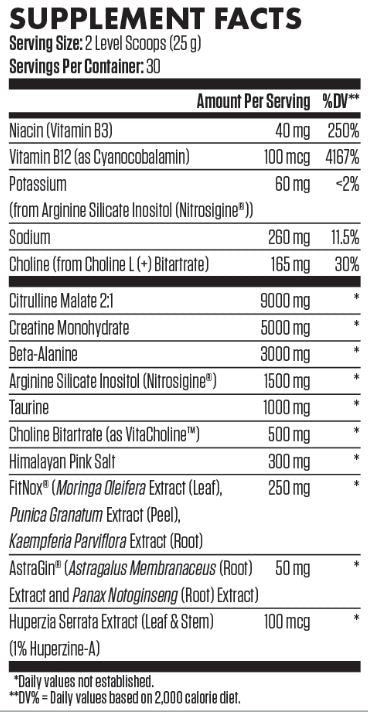
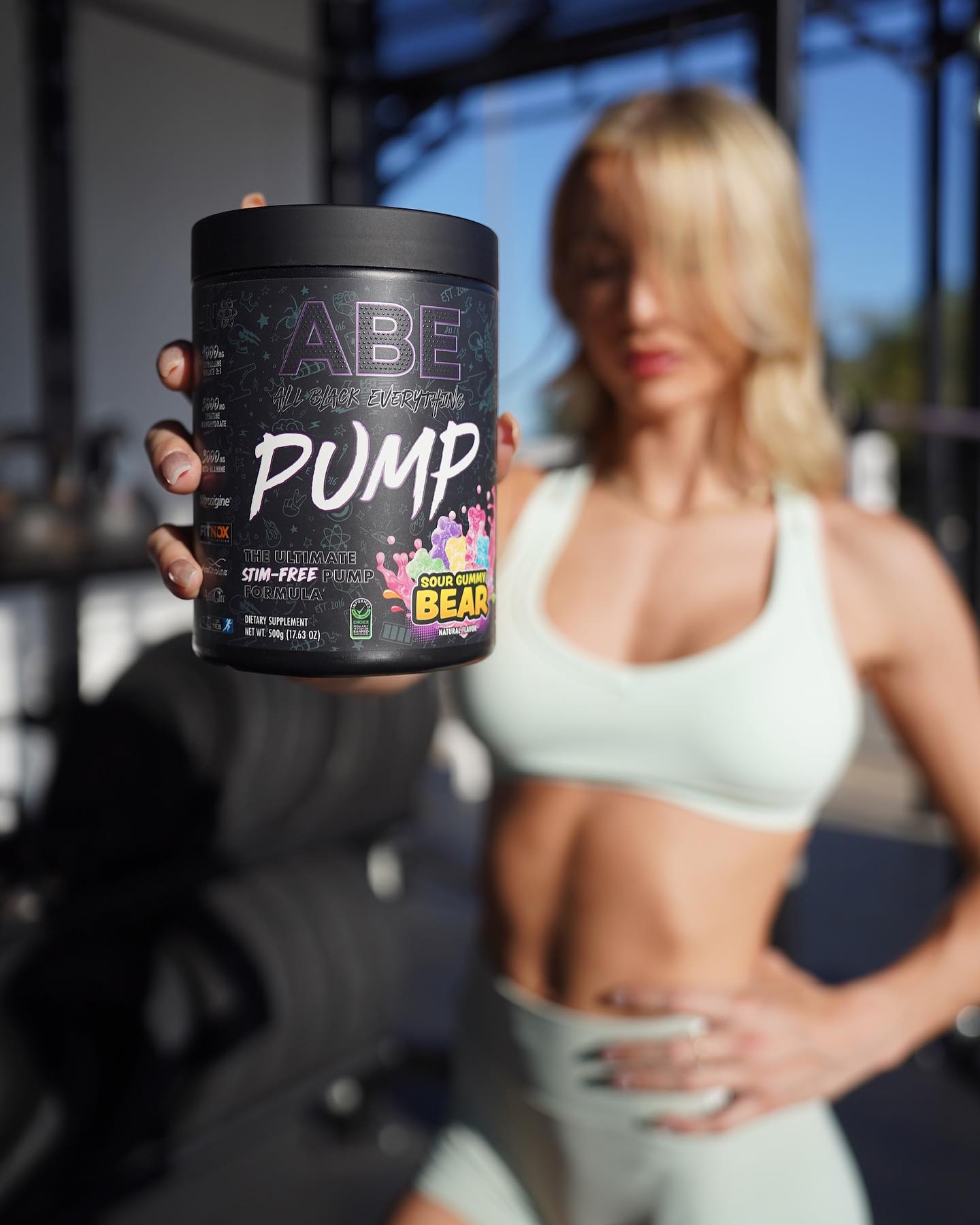
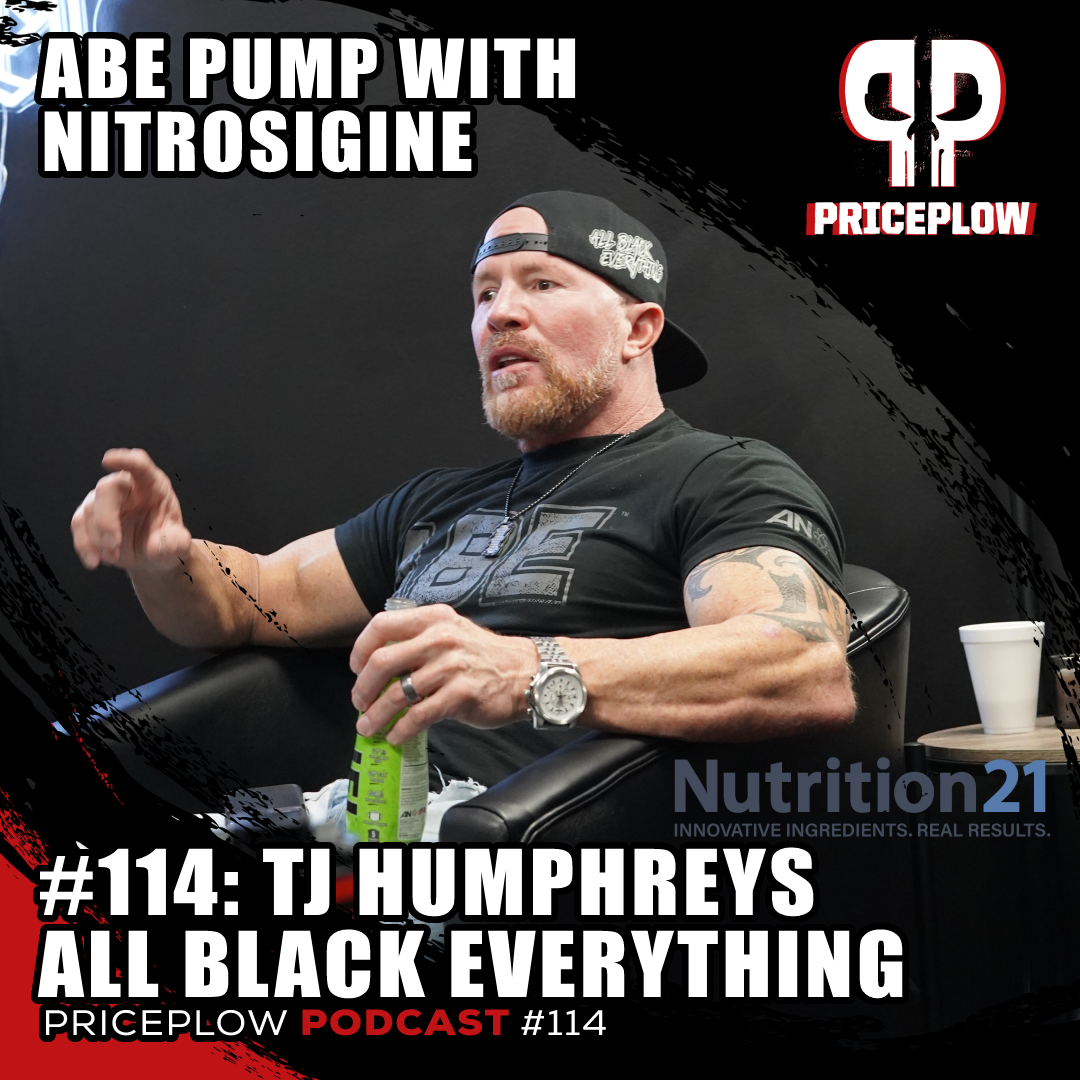


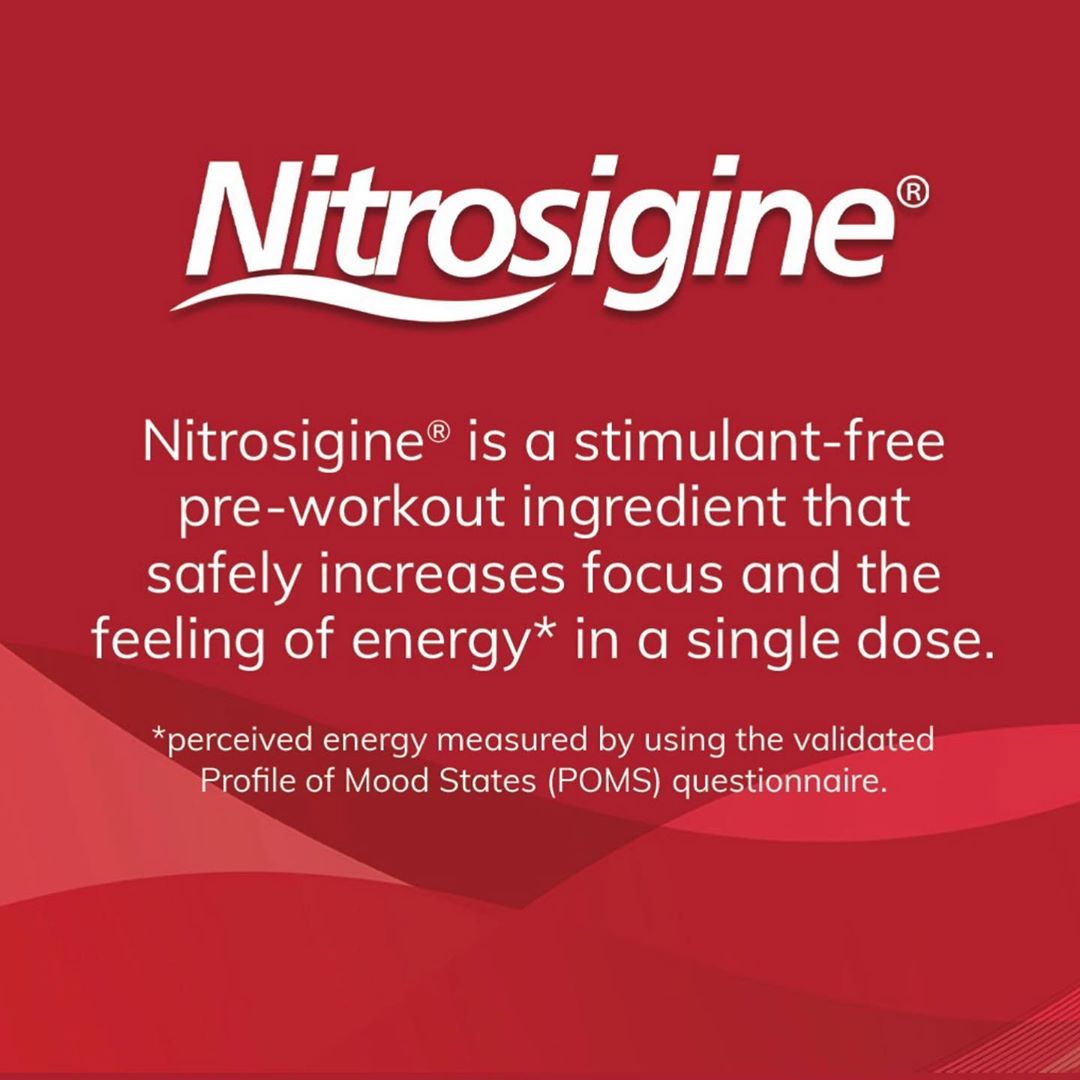
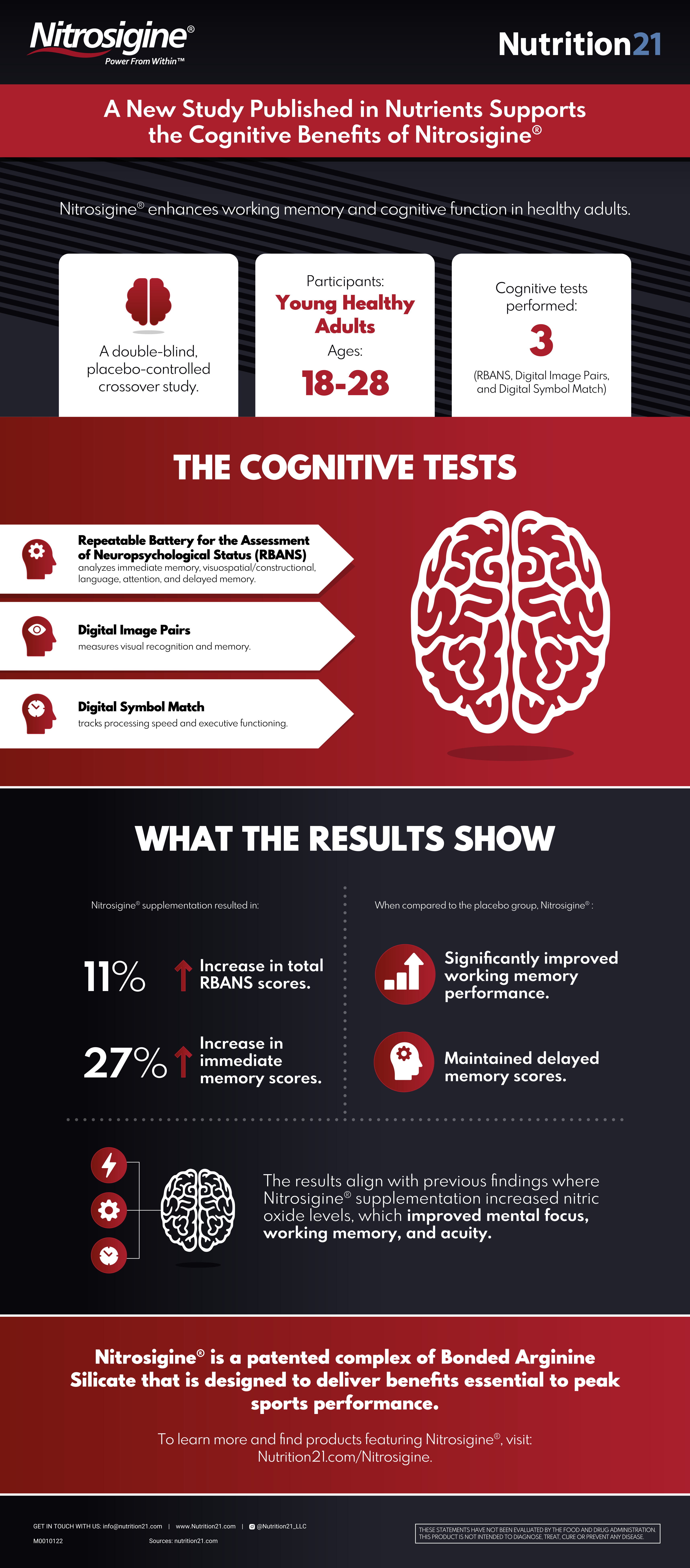







Comments and Discussion (Powered by the PricePlow Forum)